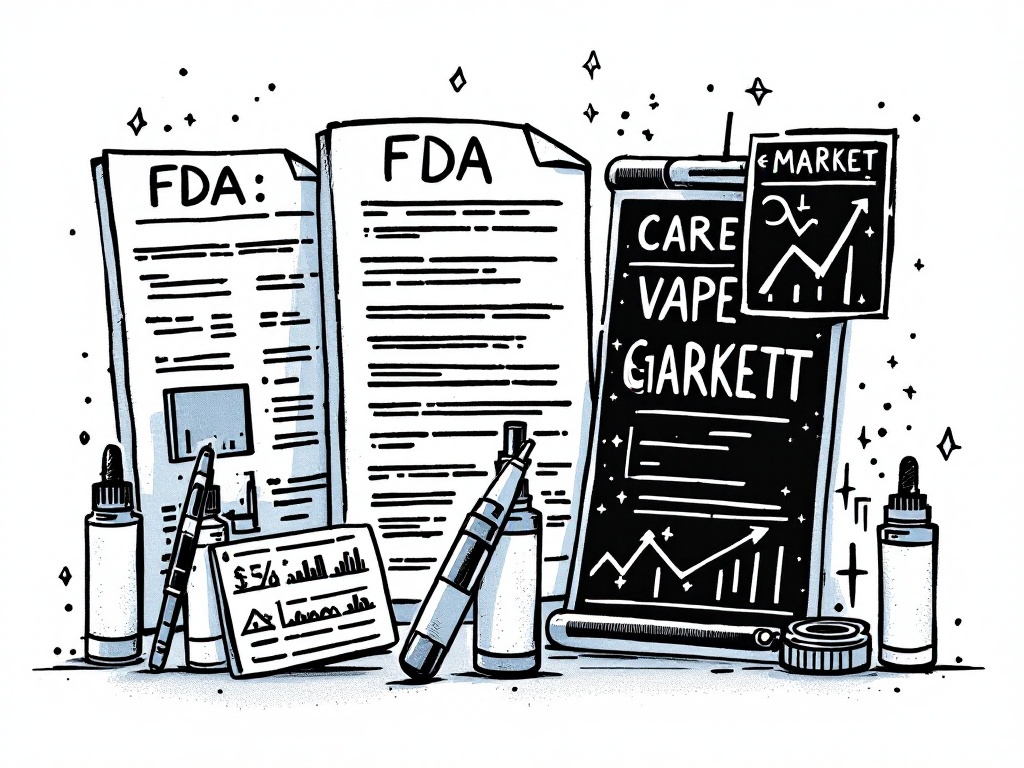Illicit Vape Industry Faces Regulatory Challenges Amidst Market Shifts

United States, Tuesday, 4 February 2025.
The $22 billion illicit vape industry confronts growing regulatory challenges, with the FDA’s scrutiny intensifying amid President Trump’s return, potentially reshaping market dynamics and complicating global regulatory efforts.
Current Market Landscape
The vaping industry’s illicit segment, currently valued at $22 billion [1][2], faces increasing scrutiny from regulatory bodies. The U.S. Food and Drug Administration has maintained its stance against fruit-, candy-, or mint-flavored vapes [1], citing concerns about teenage adoption. This regulatory environment has created a complex market dynamic where vapor startups find themselves in direct conflict with both traditional cigarette manufacturers and regulatory authorities [1][2].
Political Implications and Policy Shifts
With Donald Trump’s return to the White House in 2025 [1], the regulatory landscape faces potential transformation. The timing is particularly significant as it coincides with ongoing efforts to control the unauthorized vape market [1]. While specific policy changes haven’t been announced, the industry anticipates shifts in regulatory approach under the new administration [2].
Global Regulatory Response
The regulatory response to illicit vaping extends beyond U.S. borders. In Australia, authorities have taken decisive action, with South Australia becoming the first state to implement comprehensive restrictions on nicotine products [4]. The state has introduced fines of up to A$1.5 million for serious violations and established a dedicated A$16 million task force that has already seized over A$12 million worth of illicit tobacco and vaping products since July 2024 [4][9].
Market Enforcement and Future Outlook
As of February 2025, enforcement efforts have intensified globally. In the United States, the FDA continues to evaluate and authorize specific products while maintaining restrictions on flavored vapes [1]. Meanwhile, international markets are implementing stricter control measures, indicating a worldwide trend toward tighter regulation of the vaping industry [4]. The combination of political changes and strengthened enforcement mechanisms suggests a potentially transformative period ahead for the global vaping market [1][2].